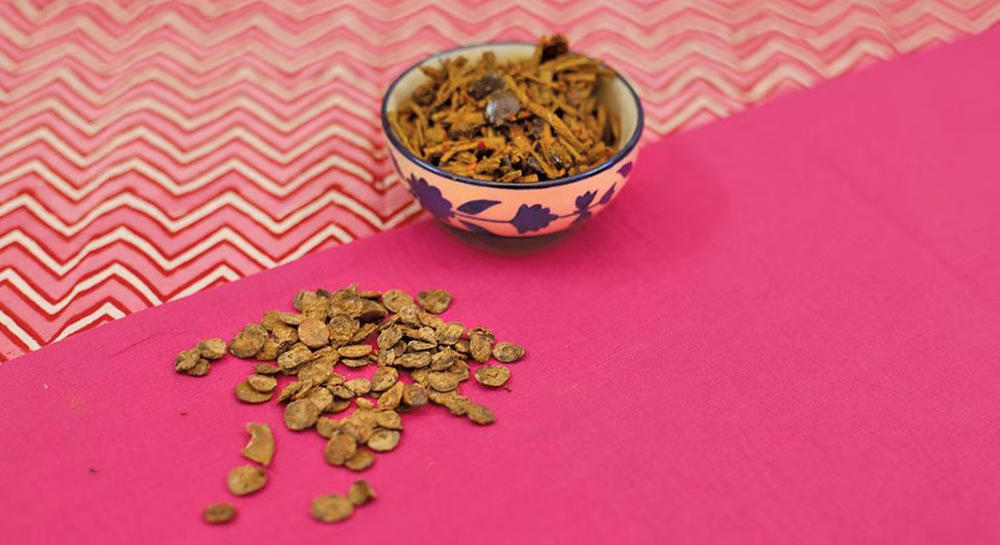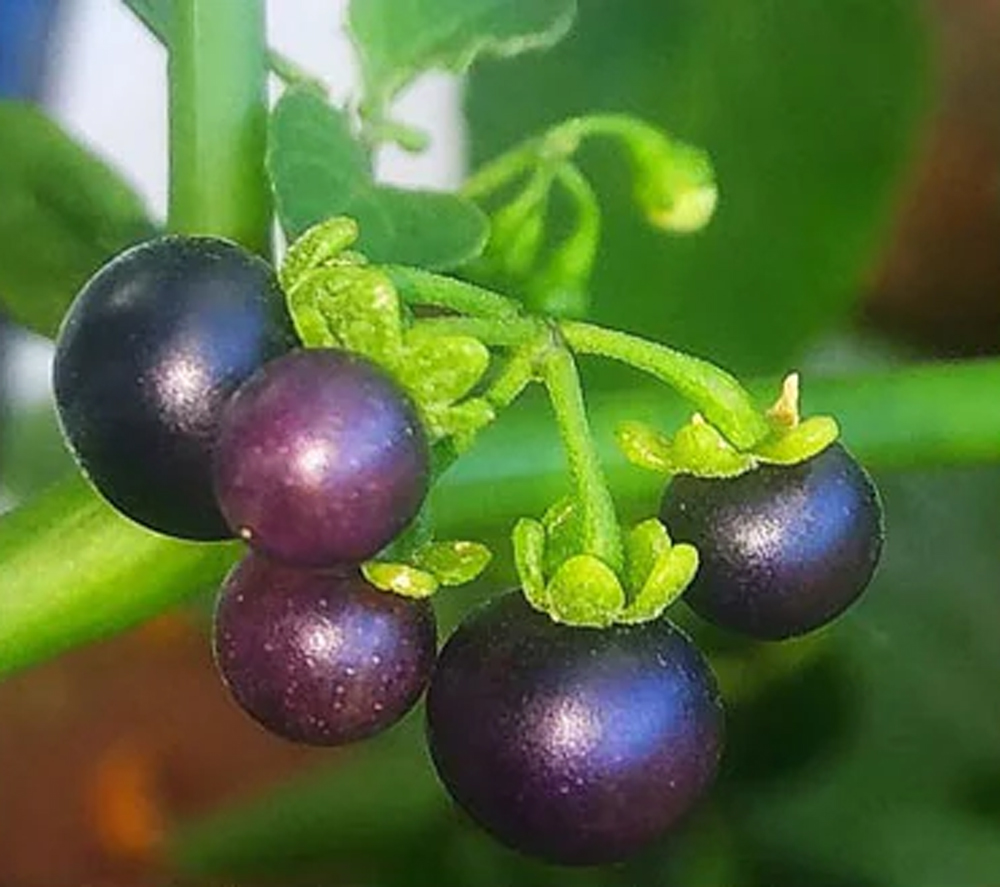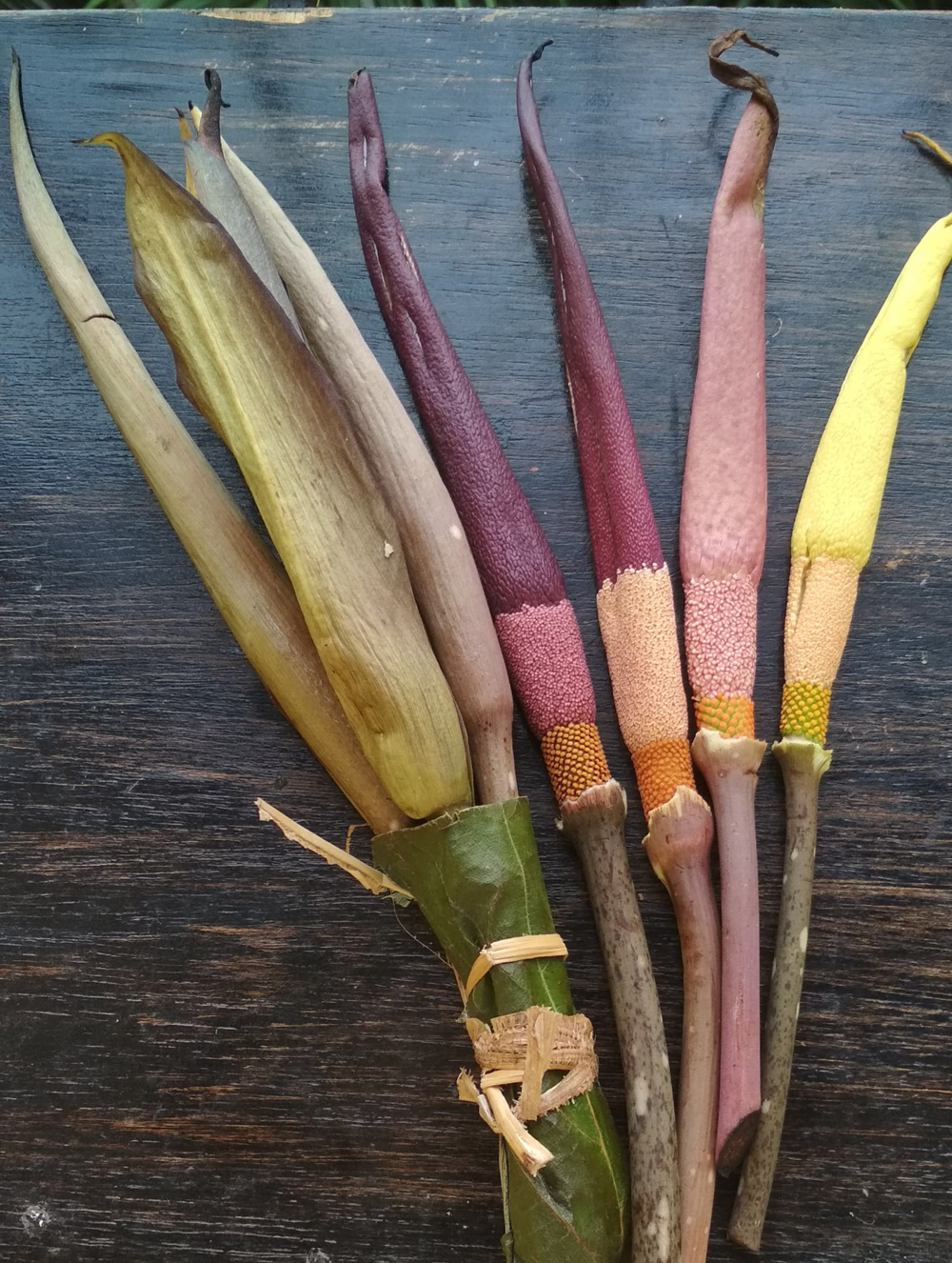India, a country known for its rich food diversity, is seeing a quiet but significant disappearance of some of its most traditional dishes. These foods, deeply embedded in regional cultures, are not just tasty but also hold incredible medicinal and nutritional value. However, as modern lifestyles take over, these delicacies are fading away from our plates.
Let’s take a look at some of these lesser-known traditional foods and why they are worth preserving.
Kumatiya Seeds – A Powerhouse Of Nutrition
Kumatiya seeds, gathered and boiled before being sold, are another forgotten gem from Rajasthan. These seeds, which come from the Prosopis tree, have more than just culinary value. Researchers have shown that the aqueous extract of these seeds can inhibit the growth of harmful bacteria better than standard antibiotics, offering an alternative to modern medicine.
What’s more, kumatiya seeds contain a fat used in both medicine and soap making, while the tree itself is the source of gum Arabic, a vital food stabiliser. It’s amazing how such a humble seed could offer so much, and yet, like many others, it is fading away from kitchens and diets.

(Image used for representational purpose only)
Shevla – The Monsoon Miracle
Monsoon brings with it Shevla Bhaaji or dragon stalk yam, a wild, uncultivated vegetable that pops up in Maharashtra’s hills and forests with the first rains. This seasonal delicacy is embedded in Maharashtra’s food traditions, often prepared with or without prawns, depending on dietary preferences.
Besides its unique flavour, Shevla Bhaaji offers numerous health benefits. It helps restore gut bacteria destroyed by pollution and boosts immunity, thanks to its rich micronutrient content. Eaten with rice or bhakri, Shevla Bhaaji is a perfect example of how our ancestors harmonised seasonal eating with health and well-being.
Sadly, the popularity of this nutritious vegetable is waning, as it’s becoming harder to find on modern dining tables.

(Image used for representational purpose only)
Manathakkali – The Black Nightshade Remedy
Manathakkali, or black nightshade, has long been treasured for its medicinal properties in Tamil Nadu. The berries and leaves of this plant are often used to combat mouth ulcers and urinary infections, thanks to their rich content of riboflavin, calcium, and Vitamin C.
Manathakkali Vathal, a popular sun-dried preparation, is fried and served with hot rice and ghee, offering a home remedy for stomach ulcers. But, like many traditional foods, this natural healer is being replaced by commercial medicines and instant solutions.

(Image used for representational purpose only)
Rugda – Jharkhand’s Mushroom Marvel
Rugda, a mushroom native to Jharkhand, grows in the humid forests at the base of Sal trees during the monsoon. Its rubber-like exterior and yolk-like black interior give it a unique meat-like flavour, similar to chicken liver. It’s a local favourite during the monsoon when vegetarianism is common.
Rugda’s high protein content and zero carbohydrates make it a highly nutritious food, but unfortunately, it’s being edged out by more popular, cultivated mushrooms.

(Image used for representational purpose only)
Fogla – Rajasthan’s Cooling Treasure
Fogla, also known as Phogla, is a traditional Rajasthani dried vegetable made from the flowers of the Kapok tree (Ceiba Pentandra), also known as the silk cotton tree. Used as a condiment or a side dish, Fogla holds a special place in Rajasthani households, particularly during the scorching summer months.
This sun-dried delicacy is known for its cooling properties. It’s often consumed with curd raita or paired with chapatis made from millet flour, making it an excellent natural remedy for controlling body heat. Arriving in local mandis in March, Fogla acts as a medicinal food, offering respite from the intense heat of Rajasthan’s summers.
Yet, despite its benefits, this simple yet effective traditional food is slowly disappearing from everyday meals.

(Image used for representational purpose only)
As we move towards more urban lifestyles, we are losing touch with the benefits of seasonal, local foods. The nutritional value, unique flavours, and deep cultural roots of these traditional foods deserve to be preserved and celebrated. By reintroducing them into our diets, we can not only reconnect with our heritage but also enhance our well-being.
It’s time to rediscover and protect these disappearing treasures before they are lost forever.